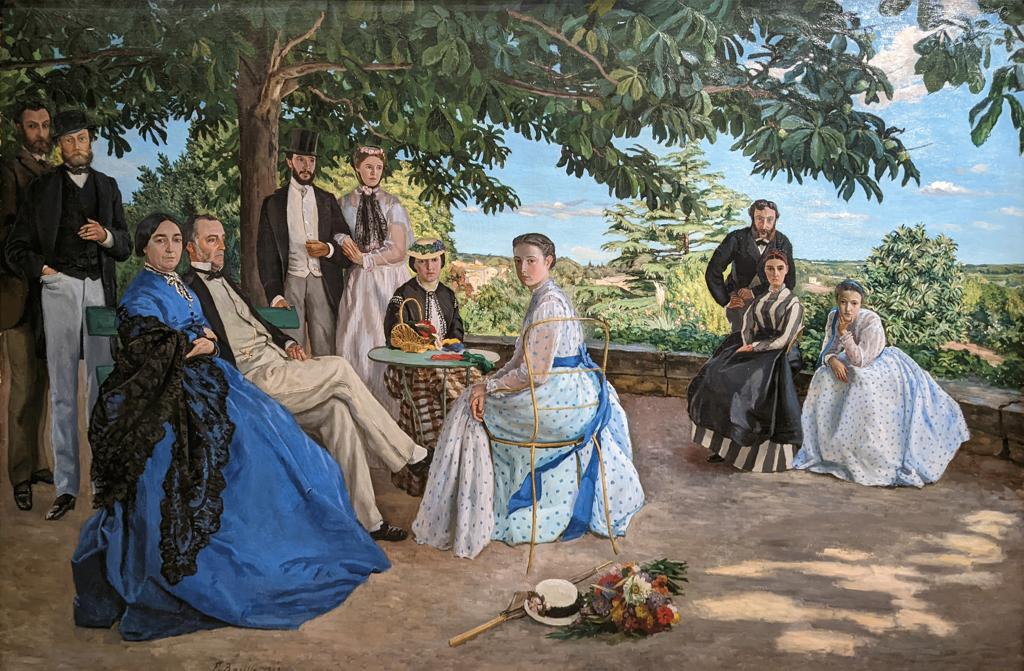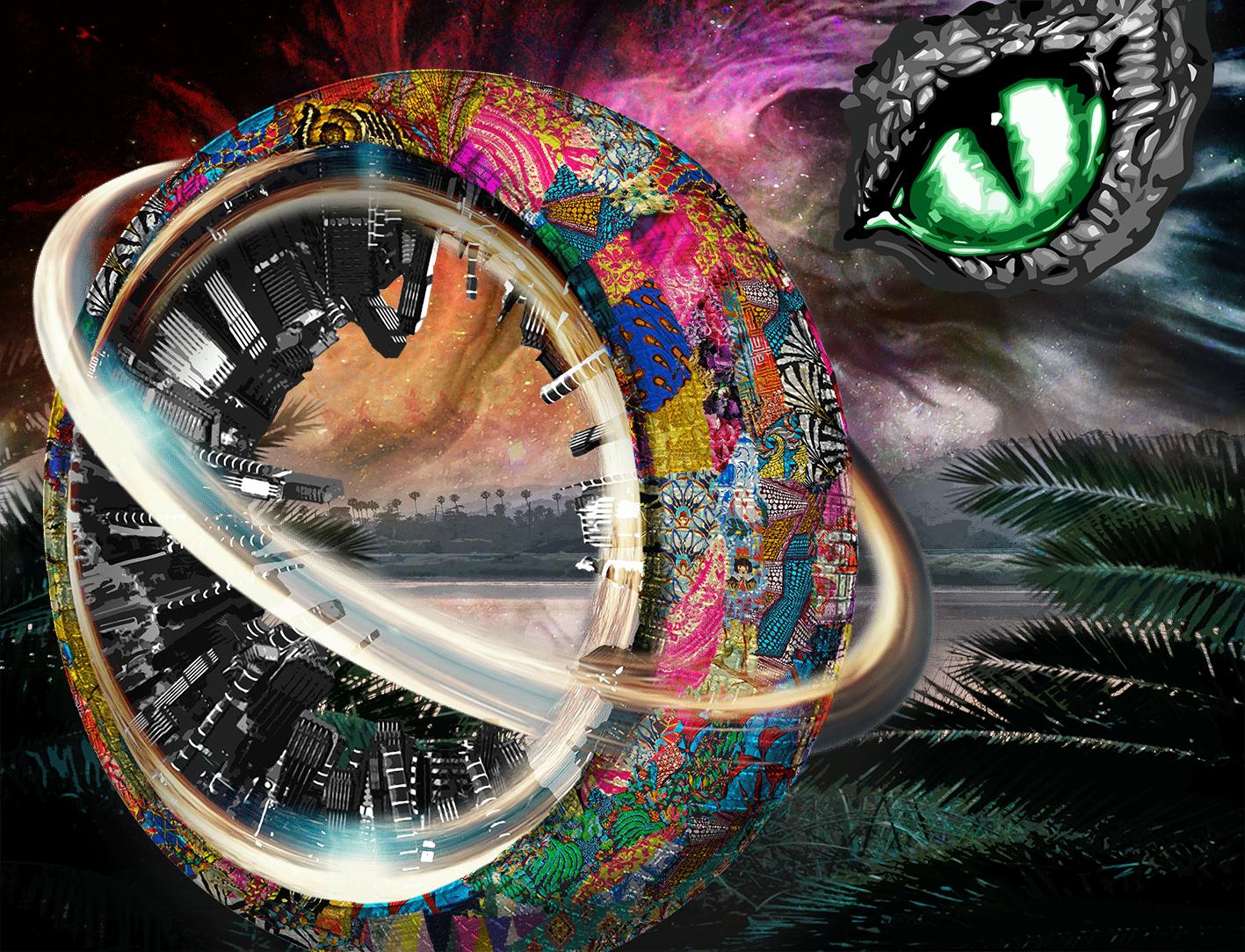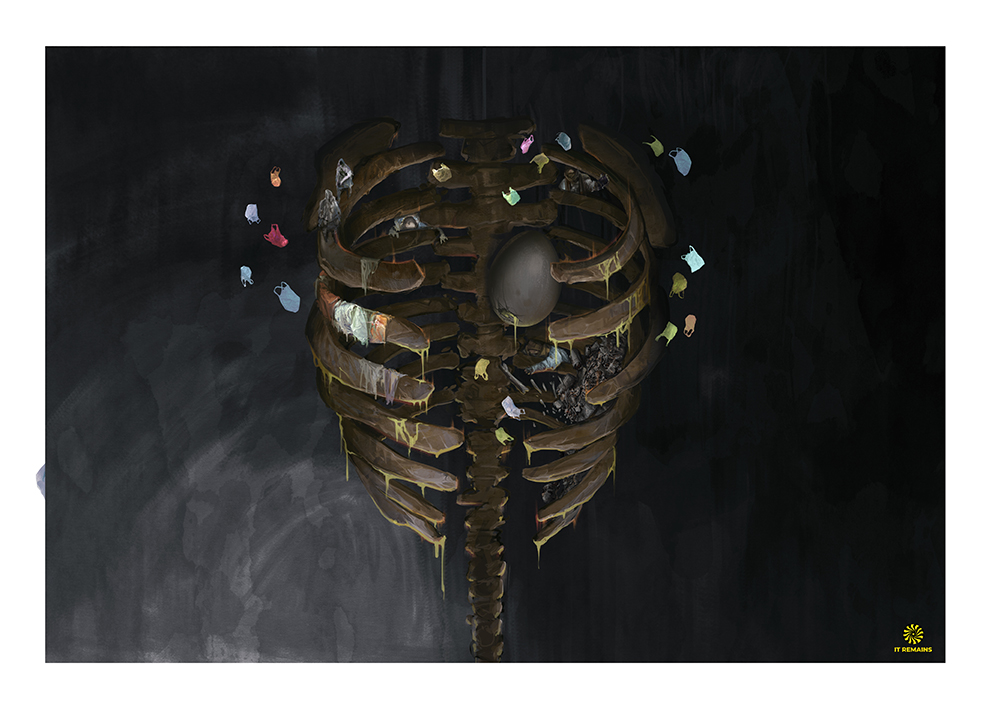For their first participation in Frieze Masters, Lawrie Shabibi is pleased to have been invited by curator Valerie Cassel Oliver (Sydney and Frances Lewis Family Curator of Modern and Contemporary Art at the Virginia Museum of Fine Arts) to present artworks by Mehdi Moutashar (b. 1943, Iraq). The Frieze Spotlight section will feature solo presentations of 20th-century artists, emphasising under-appreciated work from the 1950s to the 1970s. The presentation at Frieze Masters precedes ‘Mehdi Moutashar: Introspection as Resistance,’ the artist’s solo exhibition at the Mathaf: Arab Museum of Modern Art in Qatar, which runs from 26 October 2023 to 5 March 2024.
Moutashar’s interest lies in time and space and how it traverses surfaces. A long-time resident of France, Moutashar was a regular exhibitor at the Galerie Denise René, Paris known for pioneering abstract kinetic and Op-Art. Although his works appear to be in dialogue with these familiar art movements, his practice also departs from their fixed definitions. A joint winner of the Jameel Art Prize 5 at the Victoria and Albert Museum, his work can often be described as the intersection of two artistic traditions: the western tradition of geometric abstraction and the Islamic tradition of geometrical order and lines.

Zone 1, Paris, 1969
Indian Ink on cardboard mounted on wood
82 x 82 x 4 cm32 – 1/4 x 32 1/4 x 1 5/8 in
(MHM013)
Courtesy of the Artist and Lawrie Shabibi
The booth presentation will feature paintings and drawings that reveal his early experimentations with the language of geometry creating radical and innovative visual solutions. Very few of these works remain with the artist: on 4th December 2003 the town of Arles suffered a catastrophic flood that destroyed the majority of his 20th century paintings. At Frieze Masters we present the few remaining pieces tracing his journey of discovery from 1967-1979. Of note are two important works: Zone 1, 1969, his first ‘square’ painting and Deux rectangles dont un pivoté de 15°, 1979.
Moutashar moved to Paris in 1967 after studying at the Academy of Fine Arts in Baghdad – he received a grant to continue his studies at the École nationale supérieure des Beaux-Arts. During his first year in Paris he worked primarily on paper creating linear geometric Indian ink drawings as well as gouaches in dense saturated tones: a small example of these early 1967 works will be presented. Whilst pursuing these investigations on paper, two decisive moments were to have a lasting influence on his work: first the 1967 exhibition Lumiére et Movement curated by Frank Popper, one of the first institutional shows in France dedicated to kinetic art; and second the discovery of Jean Arp’s work in the summer of 1967. It was the lightness and freedom in Arp’s work that Moutashar was drawn to as well as the playfulness in his works – aspects that Moutashar continues to retain.

Sans titre / Untitled, Paris, 1968
Gouache
37.8 x 35.5 cm – 14 7/8 x 14 in
(MHM062)
Courtesy of the Artist and Lawrie Shabibi.
Photographed by Lionel Roux
In 1968, following on from these encounters, Moutashar changed his methodology from classic geometric abstraction to a more innovative practice. By cutting out, rearranging, and rotating coloured shapes of paper, he created novel geometric compositions, a process that also revealed his interest in perception and colour. These works, referred to as ‘Parallèlles’, are composed of linear lines in intensely saturated colours, usually blues, greens, purple and orange, arranged in undulating geometric configurations. Two from this series – Parallèlles 3, 1968 and Parallèlles, 1968 – will be presented at the booth.
In 1969 Moutashar paired back his works both in his choice of colour and form: his focus became the square and black/white colour schemes. Using the square as a starting point and with a strict adherence to rhythmic, systemized mathematical compositions, he created a series of ‘square paintings’ known as ‘Zones’. Moutashar produced approximately 30 of these throughout the 1970s: for Frieze we will present Zone 1, Paris, 1969 his first square painting. Using Indian ink on cardboard, the surface is meticulously divided into a 16×16 square grid with each square in turn divided in half diagonally. Through these new geometric and kinetic abstract paintings, Moutashar was able to reconnect with Islamic art and his own cultural heritage. The mathematical and organisational principles of Islamic art had always fascinated him – in later years he would develop similar links between geometry and Arabic calligraphy.

Zone double, Arles, 1977
Acrylic on cardboard and collage mounted on wood
116 x 79.7 x 2.8 cm – 45 5/8 x 31 3/8 x 1 1/8 in
(MHM052)
Courtesy of the Artist and Lawrie Shabibi.
Photographed by Lionel Roux
Finally, in 1979 he produced works for a solo show in Baghdad: this would be his last solo exhibition in his home country. The exhibition entitled ‘Mehdi Moutashar’ which opened on 3 January 1980 consisted of large rectangular canvas paintings in black combined with painted aluminium bars positioned at different angles. These works allude to his earlier investigations of rotating patterns and squares, but they also mark the beginnings of his three-dimensional paintings. Combinations of canvas, wood, aluminium, elastic and other materials to create optical experiences have come to define his contemporary practice. Of the five paintings he exhibited in Baghdad two were destroyed and only three remain with the artist. We exhibit Deux rectangles dont un pivoté de 15°, 1979.
The artist has recently unveiled a comprehensive monograph devoted to his work, published by Méridianes Editions and Bernard Chauveau Editions in France. This book is available in both French and English, covers 280 pages and explores the artist’s practice in depth.
About Mehdi Moutashar
Born in the city of Hilla in central Iraq, close to the ancient city of Babylon, Mehdi Moutashar graduated from the Institute of Fine Arts, Baghdad, Iraq in 1966 and the Ecole Nationale Supérieure des Beaux-Arts, Paris, France in 1970. He is a former professor at the Ecole Nationale Supérieure des Arts Décoratifs, Paris, 1974-2008.

Sans titre / Untitled, Arles, 1978
Silkscreen and collage
64.7 x 50 cm – 25 1/2 x 19 3/4 in
(MHM055)
Courtesy of the Artist and Lawrie Shabibi.
Photographed by Lionel Roux
Moutashar has exhibited internationally with recent and forthcoming solo exhibitions including: Mehdi Moutashar: Introspection as Resistance, Mathaf: Arab Museum of Modern Art, Doha, Qatar (forthcoming – 26 October 2023 – 5 March 2024); Frieze Masters, Spotlight section with Lawrie Shabibi, London, United Kingdom; TRAME at Abbaye de Cluny, France (2022); Mehdi Moutashar: Cardinal Points, Lawrie Shabibi, Dubai, United Arab Emirates (2021); Abu Dhabi Art Fair with Lawrie Shabibi, Abu Dhabi, United Arab Emirates (2021); Racines carrées, AL/MA Gallery, Montpellier, France (2021); Abbaye de Cluny, France (2021); Hoffmann Gallery, Friedberg, Germany (2019); Measuring Space, National Theatre & Albareh Gallery, Bahrain (2017); Victor Sfez Gallery, Paris (2016); AL/MA Gallery, Montpellier, France (2016); Le Petit Temple Gallery, Lasalle, France (2014); Linde Hollinger Gallery, Ladenburg, Germany (2013); AL/MA Gallery, Montpellier, France (2012); Kleine Museum, Weissenstadt, Germany (2011), amongst others.
In 2018 he won the prestigious Jameel Prize 5 at the Victoria and Albert Museum (V&A) London, sharing the accolade with architect Marina Tabassum.. Moutashar received the award for his bold work of minimalist abstraction rooted in Islamic geometry – exhibited as part of the finalists’ group show at the V&A (2018), followed by a second iteration at Jameel Art Center, Dubai (2019).
His work has been exhibited as part of numerous group shows including, most recently: As by chance!, Museum of Art and History of Cholet, France (2023); Beirut and the Golden Sixties: A Manifesto Of Fragility, Mathaf: Arab Museum of Modern Art, Doha, Qatar (2023); Beirut and the Golden Sixties: A Manifesto of Fragility at the 16th Lyon Biennale, macLYON, Lyon, France (2022); Art Dubai with Lawrie Shabibi (2022); Small is beautiful!, Galerie Denise René, Paris (2021); Structure du Silence, Galerie Denise René, Paris (2021); Espace Oblique, Galerie Denise René, Paris (2018); Bagdad Mon Amour, Institut des Cultures d’Islam, Paris (2018); among others.
His work is held in collections worldwide, including: Barjeel Art Foundation, Sharjah, UAE; Dalloul Art Foundation, Beirut, Lebanon; Fonds Régional Art Contemporain Provence Alpes, Côte d’Azur; Centre National des Arts Plastiques, Paris; Victoria & Albert Museum, London; Kleine Museum, Weissenstadt, Germany; Montbéliard Museum, France; Conseil général des Bouches-du-Rhône, France; Klingspor Museum der Stadt, Offenbach, Germany; Fine Arts Museum, Cholet, France; Bibliothèque Nationale de France, Paris; National Gallery of Fine Arts, Ammann, Jordan; Institut du Monde Arabe, Paris; Modern Art Museum, Tunis; and, National Modern Art Museum, Baghdad, Iraq.
Moutashar currently lives and works in Arles, France.

Six formes décalées (Six staggered forms), Paris, 1968
Gouache and Indian ink
26.7 x 22.5 cm – 10 1/2 x 8 7/8 in
(MHM059)
Courtesy of the Artist and Lawrie Shabibi.
Photographed by Lionel Roux
About Lawrie Shabibi
Lawrie Shabibi is a contemporary art gallery housed in Dubai’s Alserkal Avenue. The gallery supports the long-term development of the careers of young international contemporary artists with a focus on those from the Middle East and North Africa. The gallery also organises art historical exhibitions working with an older generation of artists from the region. Liaising with curators, institutions,museums and collectors the gallery has successfully introduced international artists to the region whilst at the same time presenting.
Middle Eastern artists to the international contemporary art community. By holding a regular programme of exhibitions, screenings and talks, publishing catalogues and participating in international art fairs, Lawrie Shabibi has been a forerunner in the development of the contemporary art scene in Dubai.
For more information on Lawrie Shabibi please visit: www.lawrieshabibi.com.
Mehdi Moutashar’s monograph, published by Bernard Chauveau and Méridianes is available here: www.bernardchauveau.com.



